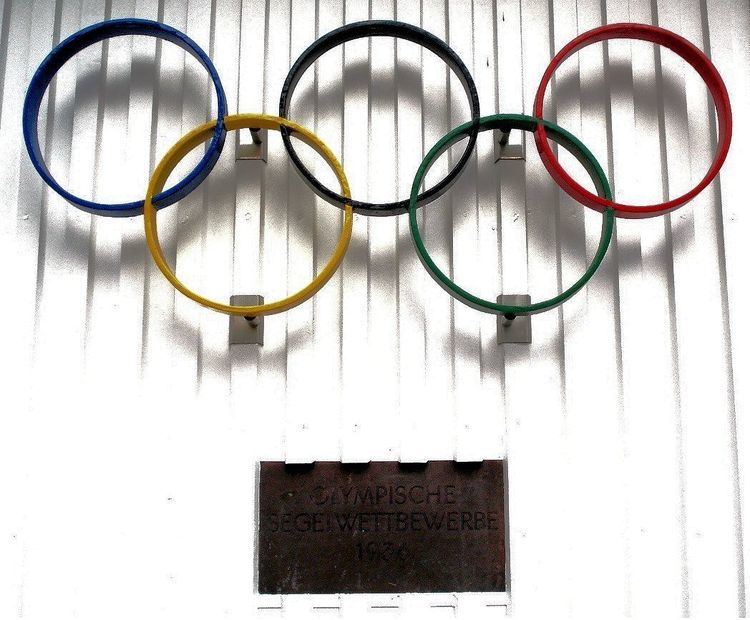Venues Firth of Kiel 1 01 ! 0 02 ! | Boats 59 0 02 ! 1 03 ! | |
 | ||
Dates First race: 4 August 1936 (1936-08-04)
Last race: 12 August 1936 (1936-08-12) Sailors 166 Male and 3 Female from 26 countries | ||
Sailing/Yachting is an Olympic sport starting from the Games of the 1st Olympiad (1896 Olympics in Athens, Greece). With the exception of 1904 and possible 1916 sailing was always a part of the Olympic program. The Sailing program of 1936 consisted of a total of four sailing classes (disciplines). For each class seven races were scheduled from 29 August 1936 to 8 September 1936 at the Firth of Kiel.
Contents
Venue
For the 1936 Berlin Summer Olympics a choice had to be made between the Berliner Müggel Lake district or the Kiel area. Finally the Organizing committee made the decision in favour of the big boats and picked Kiel. As a result of the distance between Berlin to Kiel, a special committee for Yachting sprung to life to assist the Organizing Committee for the XIth Olympiad. Since Kiel was mainly a military port this Committee had to cooperate not only with the local authorities but also with the German Fleet Command in Kiel to ensure the success of the races.
Course areas and courses
One race area was created to the East of Schilksee and two in the harbor area more into the Firth of Kiel. Near the course areas tribunes on barges and on land were placed for spectators.
The sailing was done on the triangular type Olympic courses. The start was made in the center of a set of 8 numbered marks that were places in a circle. This made it possible to begin and finish every race sailing against the wind, regardless of the direction of the wind. During the starting procedure the sequence of the marks was communicated to the sailors. Starting upwind ensure a fair start of every race. This mark system is, at least in certain German lakes, still in use in many places.
The German Navy, was besides the organization of the race management responsible, with the help of the shipping lines, for keeping the race areas free of undesirable traffic.
Medal summary
Source:
Sailing
Sailors
During the sailing regattas at the 1936 Summer Olympics among others the following persons were competing in the various classes:
